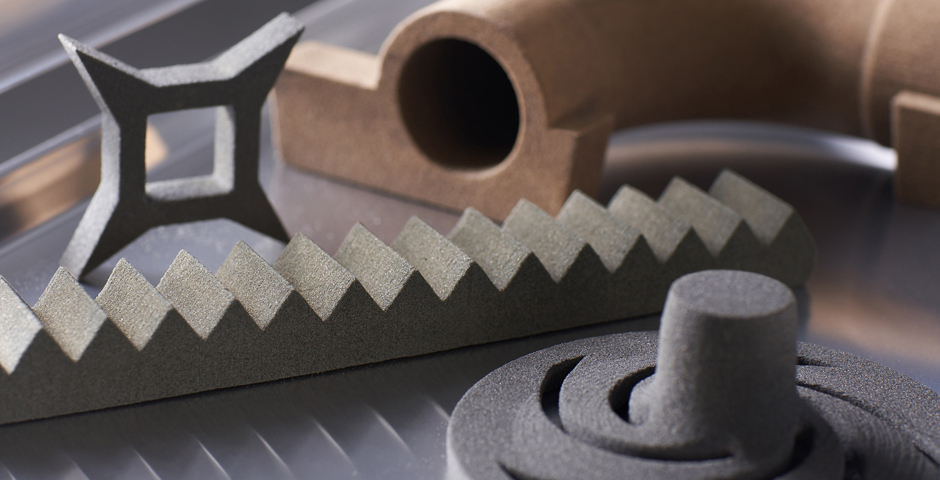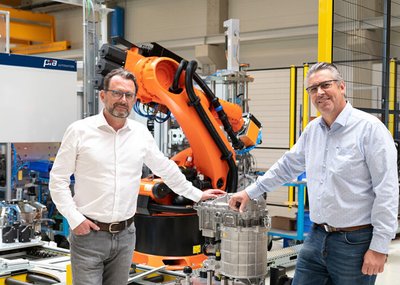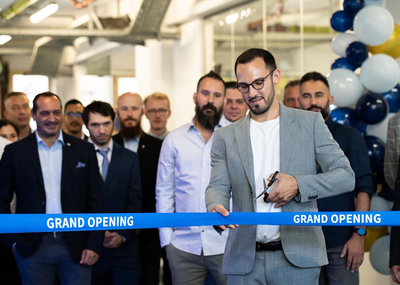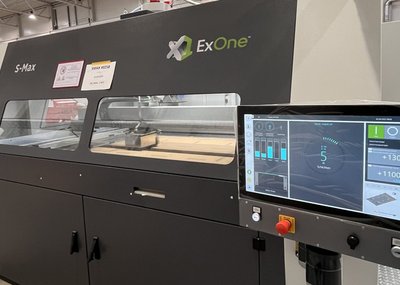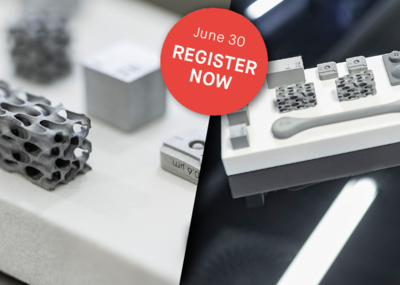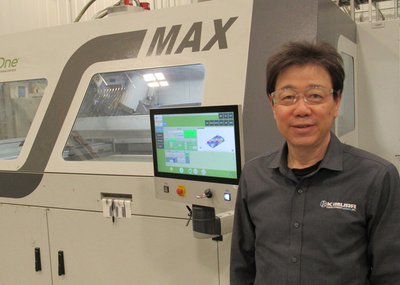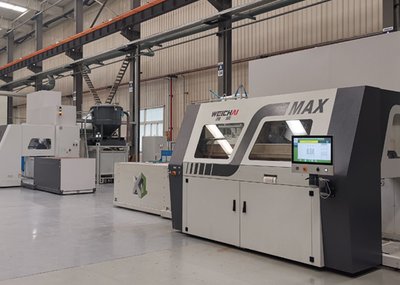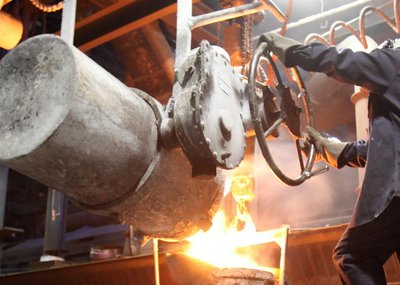Now, we have been able to see the fruits of their efforts, with the launch of the S-Max Flex Sand 3D printer. Touted as the most affordable sand 3D printer ever offered by ExOne, the aim behind the S-Max Flex is to bring binder jetting to every foundry. We sat down with Eric Bader, the Managing Director of ExOne in Germany to learn more about the S-Max Flex, its value in the EMEA region and how it is expected to be integrated as an additional asset in ExOne’s European Adoption and Application Center.
3DN: Could you introduce yourself and your connection to 3D printing?
My name is Eric Bader and I am the Managing Director at ExOne GmbH in Germany. I joined ExOne in April 2015 as Chief Financial Officer for European operations however I became Managing Director in February 2017. Prior to joining the company, I held various positions including Financial Controller, General Manager China, General Manager Europe, Business Unit Director, Chief Financial Officer and Managing Director. I was fortunate to spend most of my career in an international engineering environment including being responsible for multiple locations in Asia and Europe, managing sales staff and sales representatives in Europe reporting to U.S. headquarters and in overseas assignments in Malaysia and China. This experience has helped me to understand the needs of our international client base at ExOne.
3DN: Tell us about ExOne’s S-Max® Flex Robotic Sand 3D printer. What sets it apart from other sand 3D printers?
As you may know, the S-Max Flex is ExOne’s newest additive robotic manufacturing 3D printer. What is really great about this machine is that it is affordable, easy to use and it delivers quality parts. The system is equipped with an industrial robotic arm with an innovative printhead end effector based on Single Pass Jetting (SPJ) technology, enabling print speeds of up to 115 l/h.
The way the SPJ works is that the technology enables three actions in each directional pass: drop, spread and print. First, sand drops from the depositor trough. Next, the spread step, which as the name suggests is when the sand is spread flat across the build table. Finally, to print, binder is jetted onto the sand surface in order to make the parts layer by layer. It was originally designed by Desktop Metal as the fastest way to additively manufacture metal parts. But now, thanks to the work of both companies, it is possible to have it in the S-Max Flex for fast sand 3D printing to open up applications in a number of industries.
And it is really revolutionary because up until now, only a few foundries were able to afford a binder jetting 3D printing machine. With the S-Max Flex and its flexible robotic architecture, it is possible to make the technology available to foundries around the world. Indeed, it is safe to say that the S-Max Flex is a true innovation born from the combination of the best know-how from both Desktop Metal and ExOne.
3DN: Could you tell us more about the benefits of combining sand 3D printing with traditional metal casting? Are there other applications?
Metal casting is one of the oldest and more vital manufacturing processes. Essentially, it is the process of making objects by pouring molten metal into an empty shaped space allowing for strong metal parts that are significantly cheaper than those made with traditional machining. As demand for parts continues to grow and we face more challenges worldwide, the need for foundries to remain flexible and ready for a more innovative future has never been stronger. By using sand 3D printing, foundries and pattern shops will be able to continue to survive and thrive.
But why is that? Well, with 3D printing, foundries are able to create high-quality sand molds and cores regardless of complexity. This completely eliminates the need for traditional core production and assembly, including, all the labor, scrap and complication that comes with it. That means that with binder jetting, foundries will have cheaper, more precise cores made with even less waste and faster turnaround times.
Moreover, there are other applications for sand 3D printing beyond metal casting. Notably, 3D printed sand that is then infiltrated is used for innovative rapid tooling solutions, which you might recognize as one of the key applications for additive manufacturing in general. It can also be used for functional end-use designs for consumer products and architectural restoration. One example of this is the sustainable furniture developed by SANDHELDEN which is already made using ExOne’s sand binder jetting solutions.
3DN: The S-Max Flex 3D printer will be an asset in the German ExOne Adaption Center, how will it complement the existing activities/machines already present?
With the installation of the S-Max Flex in our German ExOne Adoption Center (EAC), we will be able to represent the full range of our portfolio of sand binder jetting systems. It gives our EAC more flexibility and increases our product range, especially for printing rough sands. And because many foundries operate on a “see it to believe it” basis, once it is officially installed machine in our EAC we can also show our customers the machine live and explain the operation of the S-Max Flex in training sessions on the machine.
3DN: Any last words for our readers?
While 3D printed sand often doesn’t attract headlines as often as metal 3D printing, it is used to create complex metal parts that still reap the benefits of additive manufacturing while using a trusted, already qualified production method. Designers can create organic geometries that make parts operate more efficiently or that are lighter weight – yet pour their metal parts with the trusted casting method using 3D printed sand tooling. Combined with other advanced techniques like flow analysis and solidification modeling means foundries can also eliminate scrap by achieving done-in-one high-quality pours.
And all this is made possible by production systems that run 24/7. Foundries, like many other industries, are experiencing labor shortages and 3D printing is a viable solution to operate more efficiently while keeping supply chains agile. It’s an exciting time to step into the next era of manufacturing, and we at ExOne are excited to help companies solve their production challenges with 3D printing. You can find out more information about ExOne as well as the German ExOne Adaption Center HERE.

